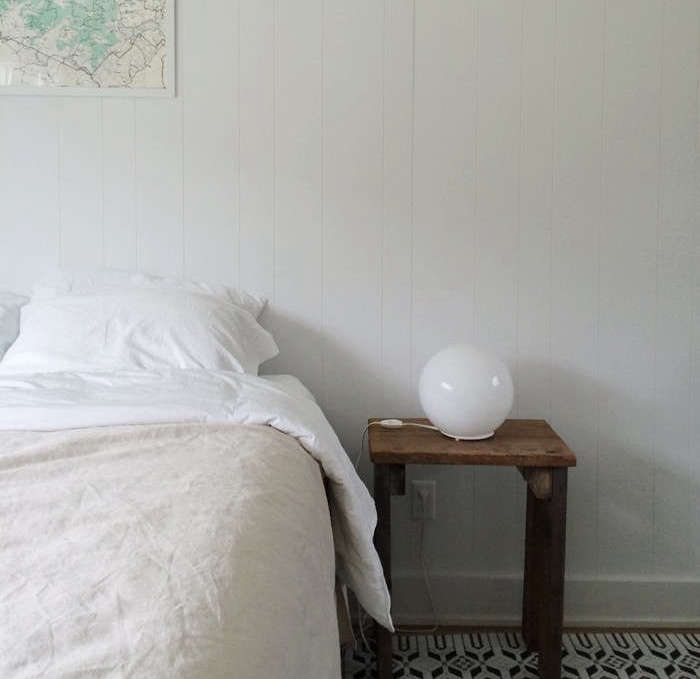This week we’re revisiting some of the most popular summer stories from the archives. Here’s one:
Those lucky enough to eat at The Lost Kitchen in an old mill building in Freedom, Maine, say there are a million tiny things throughout the night that will stick with you: the long wooden footbridge you have to cross to get there, the sound of the creek running outside the mill windows, and the moment that dusk falls and Erin French herself, the chef-owner-visionary behind the place, comes around to each table to light a candle. It’s details like these that prompt 20,000 people all over the world to mail in a postcard each spring, hoping to be drawn for a seat at the table. (Read about the restaurant’s story in The Lost Kitchen: A Glimpse Inside Maine’s Most Wildly In-Demand Restaurant.)
But among the most thoughtful of these details—for diners who’ve traveled 139 miles north from the Maine border through winding back roads, or from much further afield—are handmade cooling cloths, one at each place. Laid on the back of the neck or dabbed on the wrists, they’re a respite from the Maine heat and an invitation to slow down before the meal. Nancy, a member of the nearly all-female team, prepares them before each evening’s seating; we asked her for instructions, for re-creating a sliver of the experience at our own dinner parties. Here’s what she said.

Ingredients and Supplies
- Rosewater (10-ounce bottle)
- Twine (4-5 inches per cloth)
- Lavender (one or more stems per cloth, cut to approximately 3 inches in length)
- Scissors
- Medium bowl
- Cloths [The Lost Kitchen uses 12-inch square cloths made of linen]
Instructions
- In a medium bowl, add equal parts of rosewater and room-temperature tap water. Set aside. (Note: Regardless of how many rolls you’re assembling, you’ll need at least an inch or two of liquid, 2 ounces of water and 2 ounces of rosewater. 10 ounces of water and 10 ounces of rosewater will do 40-50 cloths.)
- Dampen cloths with plain tap water.
- On a clean surface, lay out 1 cloth, wrong side up. Fold the right-hand vertical side in toward the center of the cloth. Repeat with the left side. The result should mimic a set of doors, hinged left and right, closing in the middle. Next, fold the right vertical “hinge” over to meet the left vertical hinge, like closing a book.
- Start rolling tightly and evenly from the bottom to the top.
- Dip the completed roll-up in the rosewater mixture set aside in Step 1. Squeeze gently to remove excess liquid.
- Using 4-5 inches of twine, loosely tie the roll with a single knot.
- Gently slip a sprig of lavender beneath the knot and tighten gently to secure in place. Snip ends to appropriate length.
- Store in a covered container until ready to use. Refrigerate for additional freshness.
More simple DIYs for the end of summer:
- Essential Oils DIY: An All-Natural Lavender Linen Freshener
- DIY: An Artful Botanical Garland by Måurice in Portland, OR
- DIY: Homemade Dish Soap
N.B.: This story originally ran on August 23, 2018 and has been updated.






Have a Question or Comment About This Post?
Join the conversation (0)